- 1
- BLACKL
- TABLET
- CATEGORIES
As Users of Tablet Cases, Do Suppliers Truly Understand the Pain Points We Face?
Tablets have become an essential part of daily life for millions of people across the globe. From school children to busy professionals, tablets are used for everything from work and study to entertainment and communication. However, with the increasing popularity of tablets, one issue has become a common concern among users – finding the right protection for these valuable devices. A shockproof tablet case is a must-have, but do suppliers understand the real pain points that users face when choosing a case?
The Importance of a Shockproof Tablet Case
Tablets are fragile devices, susceptible to damage from drops, impacts, and even the occasional spill. A shockproof tablet case can provide the essential protection needed to safeguard against such accidents. These cases are designed to absorb the force of an impact, ensuring that the tablet remains unharmed. However, users often find themselves struggling to find a case that truly provides the protection they need without compromising on functionality or aesthetics.
Pain Point #1: Lack of Proper Shock Absorption
Not all tablet cases are created equal. While many cases are marketed as shockproof, the reality is that not all of them live up to the claim. Users often find that their so-called "shockproof" cases do not provide adequate protection in the event of a drop. Suppliers must invest in high-quality materials and design features that truly absorb shocks and provide a genuine level of protection for users. A shockproof tablet case should offer both durability and peace of mind.
Pain Point #2: Aesthetic Appeal
While functionality is the primary concern, many tablet users also care about the look and feel of their device. A shockproof tablet case is not just about protecting the tablet; it’s also about personal style. Unfortunately, many cases on the market are bulky, unattractive, and often clash with the device’s original design. Users want a case that enhances the appearance of their tablet, not one that detracts from it. Suppliers need to recognize the importance of offering stylish options that do not compromise on protection.
Pain Point #3: Compatibility Issues
Tablet users often rely on various accessories, such as stands, keyboard docks, and chargers, to enhance their tablet experience. A common issue is that many shockproof cases are not compatible with other accessories. This forces users to choose between protection and functionality, which is not ideal. A good shockproof tablet case should be designed to work seamlessly with other accessories, ensuring that users can enjoy full functionality without having to remove their case.
Pain Point #4: Bulky and Heavy
Another common issue with tablet cases is their bulkiness. Many shockproof tablet cases are heavy and add unnecessary weight to the tablet, making it difficult to carry around. Tablets are meant to be lightweight and portable, and a bulky case defeats the purpose of having a portable device. Suppliers need to create shockproof cases that are lightweight, slim, and easy to carry without compromising on protection.
Pain Point #5: Price vs. Value
Price is a significant factor when choosing a tablet case. Many users are hesitant to pay high prices for a shockproof tablet case unless they feel the value justifies the cost. The challenge for suppliers is to offer high-quality, shockproof cases at reasonable prices. Users are willing to pay more for a case that provides reliable protection and a good design, but they expect the price to reflect the value they receive in return.
What Suppliers Can Do to Address These Pain Points
To address these pain points, suppliers must listen to user feedback and improve their designs accordingly. The ideal shockproof tablet case will provide the perfect balance of protection, aesthetics, and compatibility. It should be made of high-quality materials that offer superior shock absorption, while also being slim, lightweight, and stylish. Additionally, suppliers should ensure that their cases are compatible with a wide range of accessories, making them more versatile and practical for users.
Conclusion
As users of tablet cases, we all have our frustrations when it comes to finding the right protection for our devices. Suppliers need to understand that a shockproof tablet case is not just about protection, but about meeting the needs of users in terms of style, compatibility, and convenience. By listening to customer feedback and improving the design of their cases, suppliers can create a product that users will love and trust to protect their valuable devices.
.png)
+86 13422271740
.png)
info@tongmeitech.com
.png)
No. 34, Mashe Section, Guihe Road, Lishui Town, Foshan, Guangdong, China
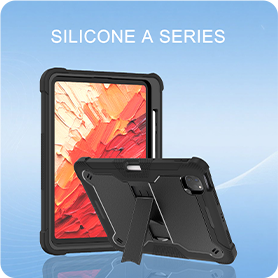
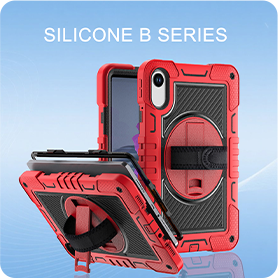
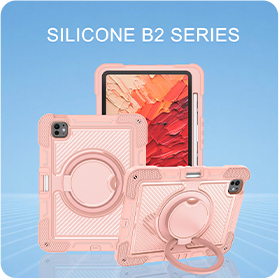
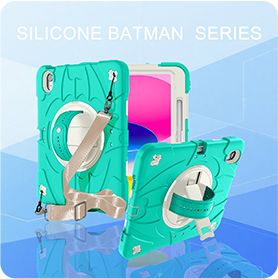
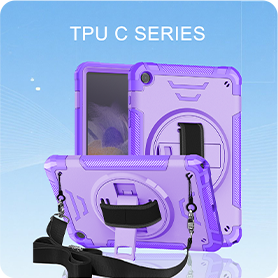
.jpeg)





